If you were captivated by the meticulous and haunting portrayal of domestic life in 'Jeanne Dielman, 23, quai du Commerce, 1080 Bruxelles' (1976), you're not alone. This slow-burning masterpiece by Chantal Akerman has left an indelible mark on cinema, blending realism with profound psychological depth. For those seeking similar films that explore themes of isolation, routine, and the quiet unraveling of the human psyche, this article is your guide. Discover 10 movies and shows that echo the same deliberate pacing, emotional intensity, and feminist undertones that made 'Jeanne Dielman' a timeless classic.
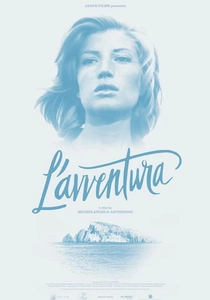
L'Avventura (1960)
Description: Antonioni's masterpiece shares Jeanne Dielman's interest in existential alienation and the emptiness of modern life. Both films use prolonged silences and empty spaces to convey emotional states. The female protagonists in both are trapped in societal roles that ultimately lead to crisis.
Fact: Booed at its Cannes premiere before winning the Jury Prize. The 'missing woman' plot was revolutionary for its time. First film in Antonioni's alienation trilogy.
 Watch Now
Watch Now 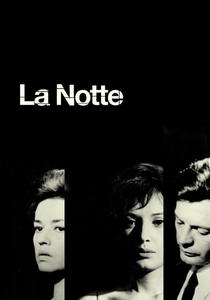
La Notte (1961)
Description: Another Antonioni film about marital alienation and existential crisis, sharing Jeanne Dielman's focus on the emptiness of bourgeois life. Both use architectural spaces to reflect psychological states and feature female protagonists constrained by societal expectations.
Fact: Features Jeanne Moreau wandering Milan's streets in one iconic sequence. Middle film in Antonioni's alienation trilogy. Marcello Mastroianni and Moreau were both at career peaks.
 Watch Now
Watch Now 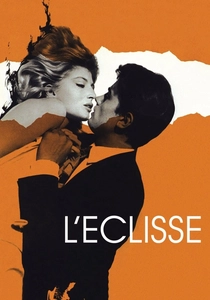
L'Eclisse (1962)
Description: The final Antonioni film in this list completes the thematic connections to Jeanne Dielman - urban alienation, the failure of communication, and the search for meaning in modern life. Both films end with famously ambiguous sequences that linger on empty spaces.
Fact: Features one of cinema's most famous endings - a 7-minute sequence without characters. Monica Vitti and Alain Delon star as the disaffected lovers. The title translates to 'The Eclipse'.
 Watch Now
Watch Now 
Muriel, or the Time of Return (1963)
Description: Alain Resnais' film shares Jeanne Dielman's preoccupation with time, memory, and the weight of the past. Both use meticulous composition and editing to create a sense of unease beneath surface banality. The female protagonist's psychological unraveling mirrors Jeanne's gradual breakdown.
Fact: Features innovative use of jump cuts before they became fashionable. The title refers to a character we never see. Part of Resnais' trilogy about memory, with Hiroshima Mon Amour and Last Year at Marienbad.
 Watch Now
Watch Now 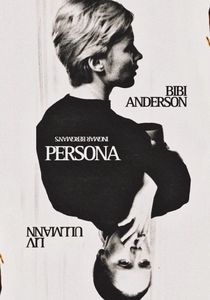
Persona (1966)
Description: Bergman's psychological drama shares Jeanne Dielman's intense focus on female identity and the breakdown of self. Both films use stark cinematography and minimal settings to create claustrophobic intensity. The merging of identities in Persona parallels Jeanne's fractured persona.
Fact: The famous opening montage includes a shot of an erect penis. Liv Ullmann forgot her native Norwegian during filming due to stress. Considered Bergman's most experimental work.
 Watch Now
Watch Now 
The Mother and the Whore (1973)
Description: This French film shares with Jeanne Dielman a focus on the complexities of female existence and relationships, though from a more verbal and theatrical perspective. Both films use extended scenes of domestic interaction to explore themes of alienation and the search for identity in modern society.
Fact: At
 Watch Now
Watch Now 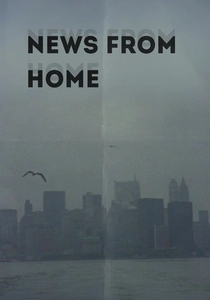
News from Home (1977)
Description: Like Jeanne Dielman, News from Home is a slow, observational film that captures the minutiae of everyday life. Both films use long takes and a minimalist approach to storytelling, focusing on the mundane to reveal deeper emotional and existential truths. Chantal Akerman's direction in both films emphasizes the passage of time and the isolation of the protagonist.
Fact: The film consists of static shots of New York City streets, accompanied by letters read in voiceover. Akerman filmed it during her time living in New York, influenced by structuralist filmmakers. It's considered a key work of avant-garde cinema.
 Watch Now
Watch Now 
The Green Ray (1986)
Description: Rohmer's film shares Jeanne Dielman's attention to the rhythms of daily life and a woman's search for meaning. Both protagonists are trapped in their own routines and social expectations. The observational style and focus on a lonely female protagonist create strong parallels.
Fact: The title refers to a rare optical phenomenon. Much of the dialogue was improvised. Won the Golden Lion at Venice.
 Watch Now
Watch Now 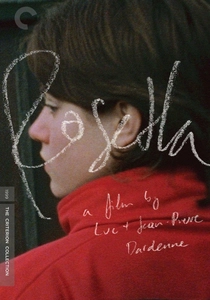
Rosetta (1999)
Description: The Dardenne brothers' film shares Jeanne Dielman's unflinching look at a woman's daily struggle for survival. Both use a handheld, documentary-like style to immerse us in the protagonist's repetitive routines. Rosetta's grim determination mirrors Jeanne's methodical existence.
Fact: Won the Palme d'Or at Cannes. Led to Belgium passing 'Rosetta laws' protecting young workers. Émilie Dequenne won Best Actress at Cannes for her intense performance.
 Watch Now
Watch Now 
The Child (2005)
Description: Another Dardenne brothers film that, like Jeanne Dielman, examines moral choices within bleak economic realities. Both films use long takes and naturalistic performances to create tension from ordinary actions. The focus on parenting under duress creates thematic parallels.
Fact: Won the Palme d'Or, making the Dardennes the only brothers to win twice. The lead actor, Jérémie Renier, had starred in the Dardennes' first film 12 years earlier. The entire film was shot in sequence.
 Watch Now
Watch Now 








